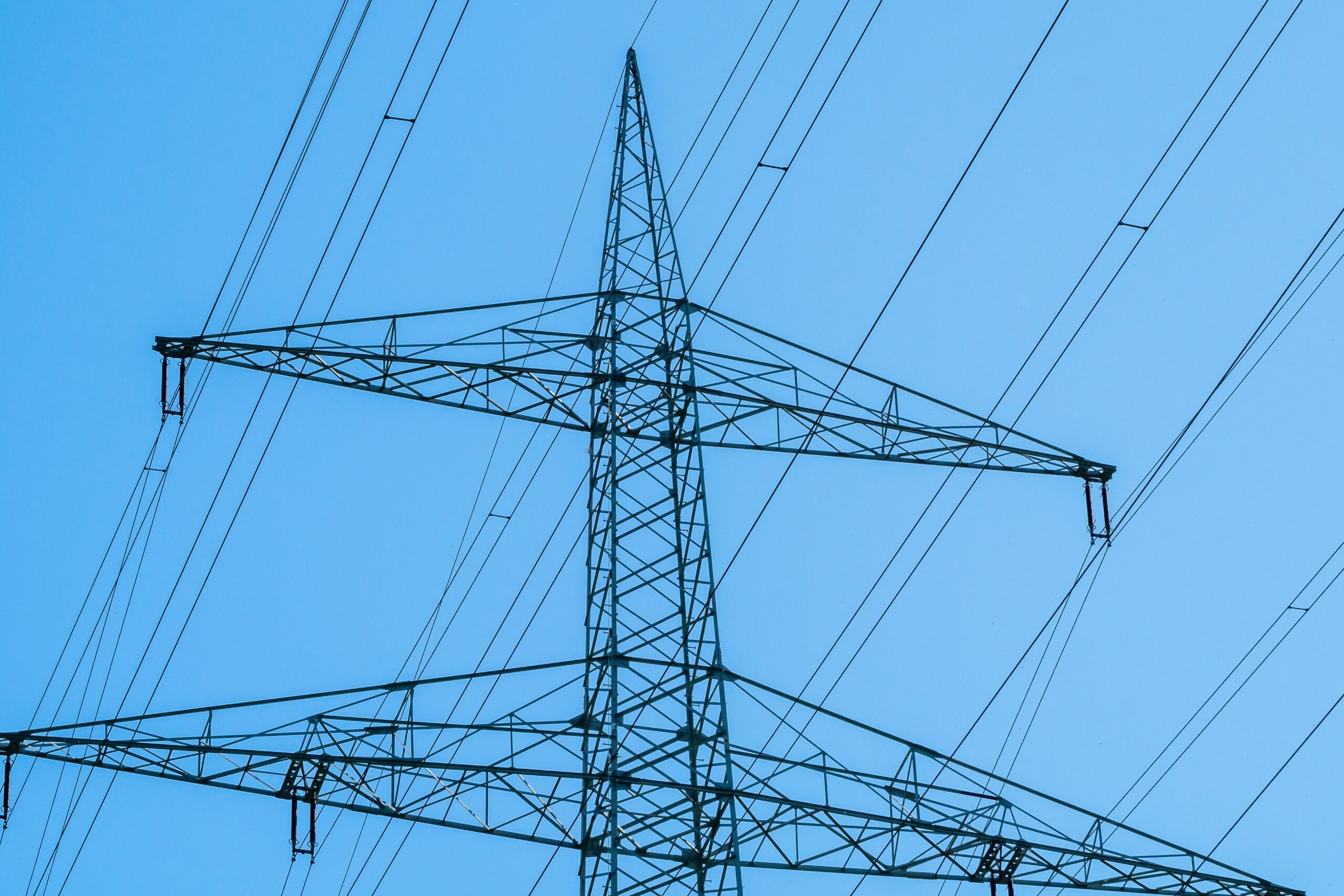There are many factors that go into a residential solar system design. One of these is the setback requirement for your location, according to federal and international code. A setback is simply a pathway on the roof, and the codes are in place for fire safety. But it’s important to know that various codes specify the setback sizes differently depending on where you live, and they can have a significant effect on the design of your solar system.
The International Building Code
The main code that dictates the setback rules is the International Building Code (IBC), in addition to other codes and factors like historical district and zoning. These codes get updated every few years, and states and jurisdictions (aka, your county permitting office) are able to decide when to adopt the most recent codes. For example, in Virginia and Pennsylvania, the jurisdictions are still operating under the 2015 IBC, but in Maryland, they are operating under the 2018 rules. To further complicate matters, each jurisdiction is able to interpret the rules in their own way.
What Does This Mean for My Solar Design?
In general, it’s good to be aware that setbacks must be applied to your solar design for fire safety, and may limit the placement of your panels depending on where you live.
To give you an idea of what the code says, your jurisdiction could dictate that each edge of the array needs between 1.5 to 3 feet of space between the panels and the edge of the roof, the roof peak, or a dormer. Because every jurisdiction interprets the rules differently, we suggest you reach out to your solar consultant to discuss the setback rules for your specific address.
Timing Matters for Virginia
As the codes are updated, states and jurisdictions will enforce the new rules over time. Maryland has already adopted the IBC 2018 code, and Virginia will begin enforcing these standards in June 2022. That means that at Ipsun we will need to begin designing in Virginia to comply with the more recent code, which is more stringent, next spring.
Please talk with your solar consultant about the effect this change may have on your design, and ultimately the amount of energy your system can produce based on the new setbacks for 2022. In Virginia, you may want to move forward with your project while we are still operating under the 2015 rules.
Talk to Us!
Please reach out any time if you’d like to know about the specific setbacks required for your location, or if you want to talk about the IBC, or whatever you’re interested to learn about. We love talking solar with you!




